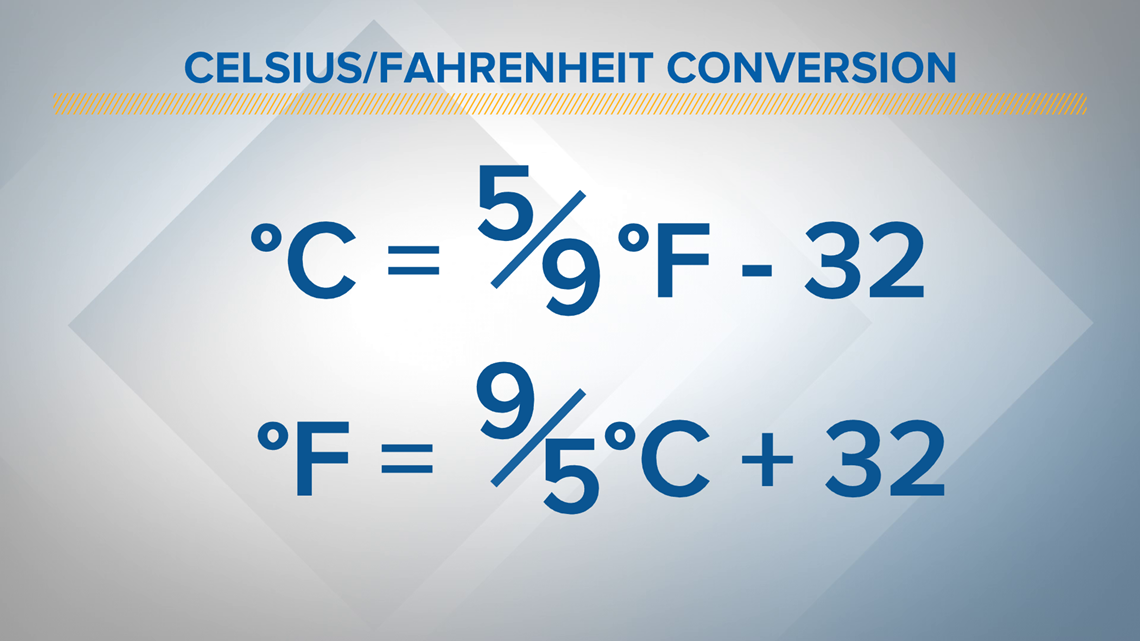Temperature conversion is an essential skill, especially when dealing with the measurement of 37.9°C in Fahrenheit. Whether you're traveling, studying, or simply curious about weather patterns, understanding how to convert temperatures can provide valuable insights. This article dives deep into the world of temperature conversion, focusing on the significance of 37.9°C in Fahrenheit and offering practical tips for everyday use.
Temperature plays a crucial role in our daily lives. From checking the weather forecast to monitoring body temperature, accurate temperature readings are indispensable. Knowing how to convert temperatures between Celsius and Fahrenheit is a fundamental skill that bridges the gap between different measurement systems.
In this article, we will explore the conversion of 37.9°C to Fahrenheit, delve into the history of temperature scales, and provide practical examples to help you master this concept. Whether you're a student, traveler, or healthcare professional, this guide will equip you with the knowledge you need.
Read also:Latest 5 Movierulz 2024 Downloads
Understanding Temperature Scales
Temperature scales are used globally to measure heat intensity. The two most common systems are Celsius and Fahrenheit, each with its own unique history and applications. Understanding the differences between these scales is essential for accurate conversions.
The History of Celsius and Fahrenheit
The Celsius scale, named after Swedish astronomer Anders Celsius, was introduced in 1742. It is based on the freezing and boiling points of water, set at 0°C and 100°C, respectively. On the other hand, the Fahrenheit scale, developed by German physicist Daniel Gabriel Fahrenheit in 1724, sets the freezing point of water at 32°F and the boiling point at 212°F.
- Celsius is widely used in scientific research and most countries.
- Fahrenheit remains the standard in the United States and a few other regions.
Converting 37.9°C to Fahrenheit
Converting 37.9°C to Fahrenheit is a straightforward process. The formula for conversion is:
F = (C × 9/5) + 32
Substituting 37.9°C into the formula:
F = (37.9 × 9/5) + 32
Read also:New Kannada Movies 2023 Download 7movierulz
F = 68.22 + 32
F = 100.2°F
Therefore, 37.9°C is equivalent to 100.2°F.
Why Is 37.9°C Important?
The temperature of 37.9°C holds significance in various contexts, particularly in healthcare. It is often associated with fever measurements and is considered slightly elevated compared to the average human body temperature of 37°C.
Significance in Healthcare
In medical terms, a body temperature of 37.9°C may indicate the onset of a fever. Fever is the body's natural response to infections or illnesses. Monitoring temperature changes is vital for diagnosing and treating health conditions effectively.
Practical Applications of Temperature Conversion
Temperature conversion has numerous practical applications in everyday life. Whether you're cooking, traveling, or conducting scientific experiments, understanding how to convert between Celsius and Fahrenheit is invaluable.
Cooking and Baking
Recipes often specify temperatures in either Celsius or Fahrenheit. Knowing how to convert between the two ensures that your dishes turn out perfectly. For example, if a recipe requires an oven temperature of 180°C, you can convert it to 356°F for ease of use.
Traveling Abroad
When traveling to countries that use different temperature scales, being able to convert temperatures helps you stay informed about the weather. For instance, understanding that 25°C is equivalent to 77°F can help you pack appropriate clothing.
Temperature Conversion Tools and Resources
While manual calculations are useful, various tools and resources simplify the process of temperature conversion. Online calculators, mobile apps, and conversion charts are readily available to assist you.
Online Calculators
Online calculators provide instant results for temperature conversions. Simply input the value in Celsius, and the tool will display the equivalent Fahrenheit reading. These calculators are convenient and accurate, saving you time and effort.
Common Temperature Conversion Examples
To further illustrate the conversion process, here are some common temperature examples:
- 0°C = 32°F
- 20°C = 68°F
- 37°C = 98.6°F
- 100°C = 212°F
These examples demonstrate the relationship between Celsius and Fahrenheit and highlight the importance of accurate conversions.
The Science Behind Temperature Scales
Temperature scales are based on scientific principles that define heat intensity. Understanding the underlying science helps demystify the conversion process and provides a deeper appreciation for the measurement systems.
Thermodynamics and Temperature Measurement
Thermodynamics is the study of energy transfer and heat. Temperature scales are calibrated based on the behavior of substances under specific conditions. For example, the freezing and boiling points of water serve as reference points for both Celsius and Fahrenheit scales.
Tips for Mastering Temperature Conversion
Becoming proficient in temperature conversion requires practice and familiarity with the formulas. Here are some tips to help you master this skill:
- Memorize the conversion formula: F = (C × 9/5) + 32.
- Practice converting common temperatures to reinforce your understanding.
- Use online tools and resources for quick reference.
Conclusion
Converting 37.9°C to Fahrenheit is a simple yet essential skill with numerous practical applications. By understanding the history of temperature scales, mastering the conversion formula, and utilizing available resources, you can confidently navigate between Celsius and Fahrenheit. Whether you're monitoring body temperature, cooking, or traveling, accurate temperature conversions enhance your ability to make informed decisions.
We encourage you to share this article with others who may benefit from the information. Feel free to leave a comment or explore our other articles for further insights into temperature-related topics. Stay informed and stay ahead with your newfound knowledge of temperature conversion!
Table of Contents
- Understanding Temperature Scales
- Converting 37.9°C to Fahrenheit
- Why Is 37.9°C Important?
- Practical Applications of Temperature Conversion
- Temperature Conversion Tools and Resources
- Common Temperature Conversion Examples
- The Science Behind Temperature Scales
- Tips for Mastering Temperature Conversion
- Conclusion


